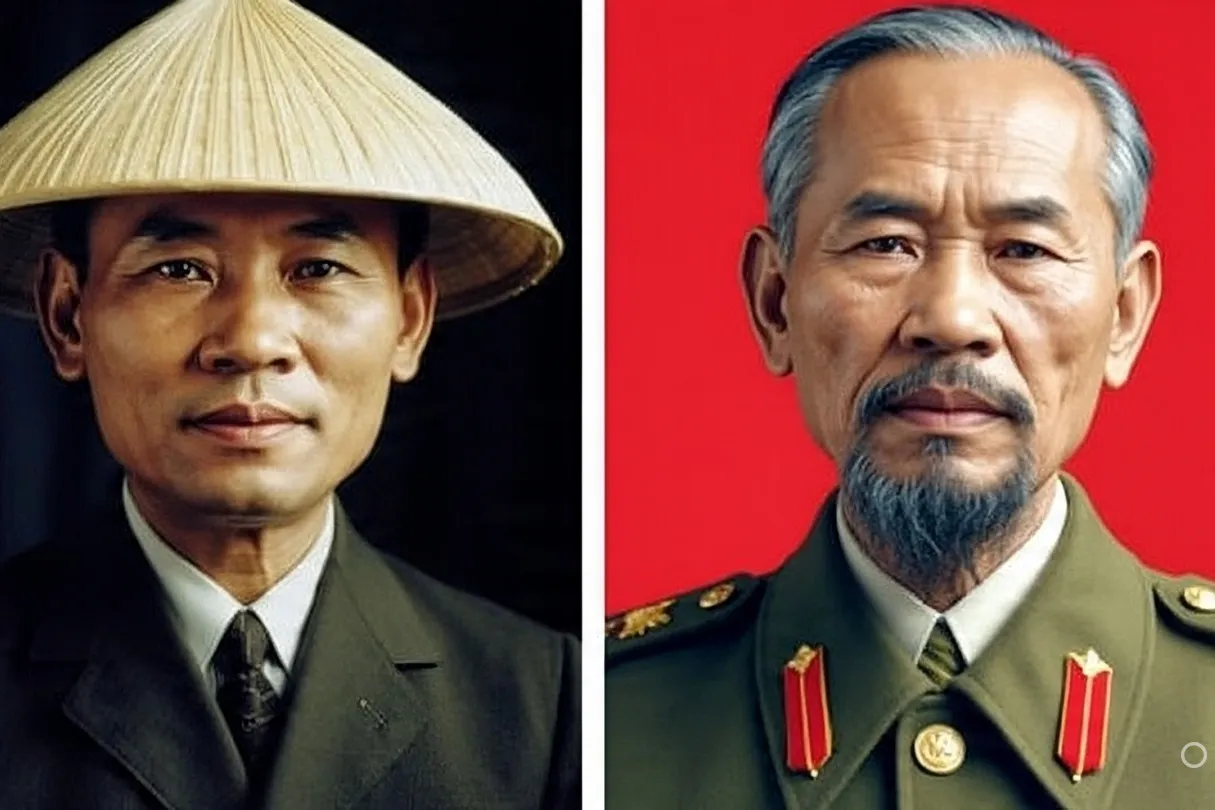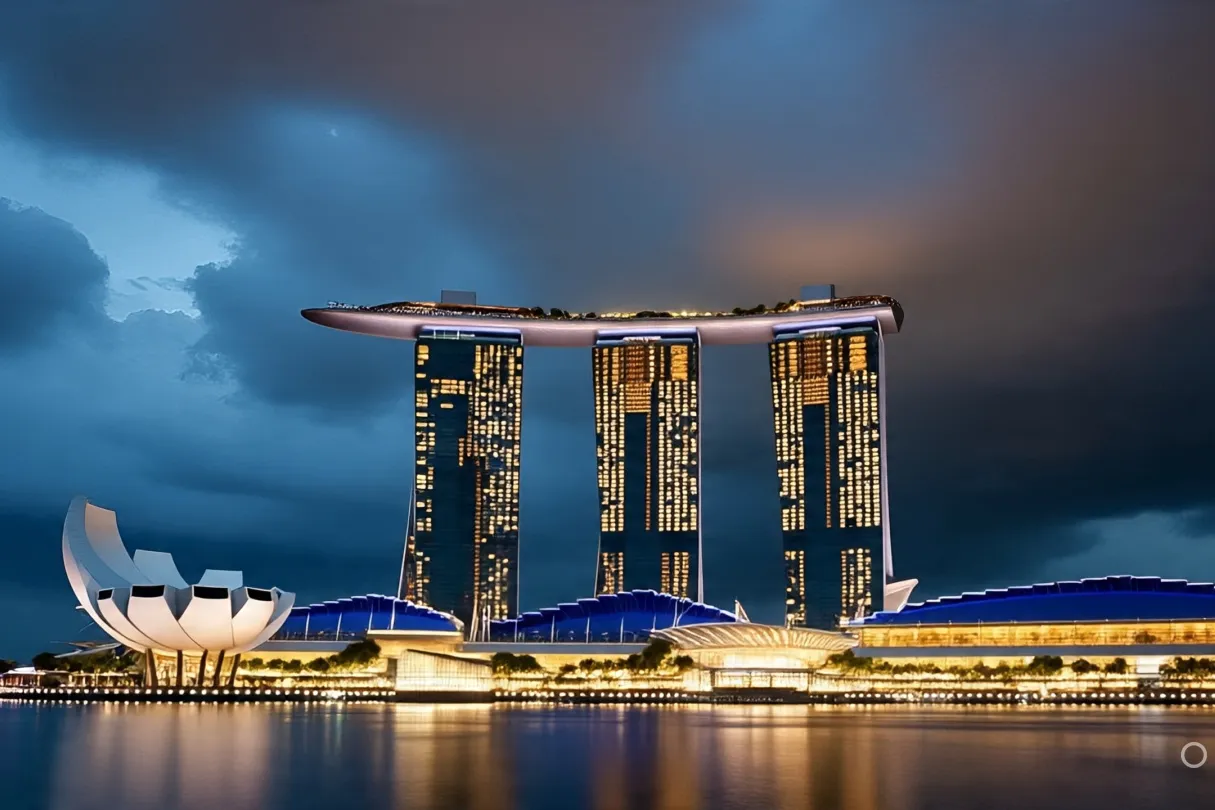Ho Chi Minh, or “Uncle Ho” as he is affectionately known, is a figure of near-mythic status in Vietnam. As the founding father of the Democratic Republic of Vietnam and the leader of the Viet Minh independence movement, his face adorns currency, his words are quoted in speeches, and his image is a powerful symbol of national unity and resistance. Yet, for decades, a persistent and captivating conspiracy theory has whispered through the shadows of history: the man who led Vietnam to victory was not the same man who died in 1969. The claim? Ho Chi Minh was secretly replaced by a body double.
This is not a simple historical footnote; it’s a deeply woven narrative, particularly within the Vietnamese diaspora. It speaks to a profound cultural trauma and a desire to make sense of a turbulent past. The theory suggests a dramatic power struggle in the 1950s, where the original, charismatic leader was ousted and replaced by a more pliable puppet. To understand why this conspiracy has such a tenacious grip, one must look at its origins, the “evidence” it presents, and the powerful emotions it taps into.
🧠 The Origins of a Conspiracy
The seeds of the Ho Chi Minh body double theory were sown in the years following the First Indochina War. As the country transitioned from guerrilla warfare to a formal communist state, some observers noted a shift in Ho’s public persona. The original Ho Chi Minh, a globetrotting intellectual with a French accent, a penchant for poetry, and a lean, ascetic appearance, seemed to be replaced by a sturdier, more rustic figure.
This change wasn’t entirely imagined. A period of political consolidation in the mid-1950s saw the rise of more orthodox communist leaders. Some theorists believe the original Ho, with his more moderate, nationalist views, was sidelined in favor of a more hardline, pro-Soviet faction. The body double, they argue, was a political tool: a figurehead who could maintain public loyalty while real power was exercised by others behind the scenes. This narrative is particularly potent among anti-communist communities, for whom it offers a way to delegitimize the very foundation of the modern Vietnamese state.
🕵️♂️ The “Evidence”: A Closer Look at the Claims
Conspiracy theorists point to several key pieces of “evidence” to support their claims. While each has been debunked by historians, they remain a central part of the theory’s appeal.
📜 Discrepancies in Physical Appearance
One of the most frequently cited points is the apparent change in Ho’s physical characteristics over the years.
- Teeth: Theorists allege the early Ho Chi Minh had a distinct gap in his front teeth, which seemed to disappear in later photographs.
- Ears: Comparisons of earlobes in photos from different eras are often used to suggest they belong to two different people.
- Build: The younger Ho was famously slender and frail, a product of a life of struggle and hardship. The later Ho appeared heavier, with a rounder face and a more robust physique.
Historians and biographers counter that these changes are simply a natural part of aging, combined with a period of better nutrition and reduced physical hardship. A human face, and body, changes significantly over a twenty-year period, especially for someone who had endured decades of war and imprisonment.
🎭 Shifts in Public Behavior
The early Ho Chi Minh was known for his charisma and a certain intellectual flair, often giving impromptu speeches and engaging with people directly. Later in his life, particularly after the mid-1950s, his public appearances became more scripted and infrequent. He was often seen from a distance, and his speeches were more formal.
Theorists interpret this as evidence of a double who lacked the original’s natural magnetism. However, official records and testimonies from those close to him suggest a more mundane explanation: Ho Chi Minh was in increasingly poor health, suffering from chronic illness and the cumulative effects of a hard life. His reduced public schedule was a necessity, not a political cover-up.
💬 The Role of National Identity and Diaspora
The Ho Chi Minh body double theory has found a particularly strong foothold within the Vietnamese diaspora, especially in the United States, France, and Australia. For these communities, many of whom fled the communist regime, the theory provides a form of historical solace. If the real Ho was a nationalist, not a dogmatic communist, then the war and its tragic outcomes can be reinterpreted. It becomes a story of a beloved leader betrayed by a cold, faceless party, rather than a war between ideologies. This reframing allows for a degree of separation and, for some, a way to reconcile their love for their homeland with their rejection of its political system.
For the Vietnamese government, this theory is both a historical fabrication and an attack on national identity. The image of Uncle Ho as the sole, unwavering leader is a cornerstone of the state’s legitimacy. To entertain the idea of a double is to cast doubt on the entire historical narrative and the sacrifice of an entire generation.
💡 Debunking the Myths with Facts
While compelling, the conspiracy falls apart under historical scrutiny.
- Testimonies: Numerous political insiders, including his longtime aide Lê Đức Thọ and General Võ Nguyên Giáp, provided detailed accounts of Ho Chi Minh’s life and struggles up to his death. They consistently refer to one person, not two.
- Official Records: Historical documents, letters, and medical records confirm a consistent timeline of Ho’s life, including his health issues in the 1950s and 60s. His final will, a deeply personal and political document, is a testament to the consistency of his character.
- Photographic Evidence: While some photos might seem to show different features, forensic analysis and expert opinion confirm that the variations are consistent with aging, changes in weight, and the varying quality of photography from the era. The famous gap in his teeth, for example, is not present in all early photos and is not a definitive marker.
The enduring power of the Ho Chi Minh body double theory isn’t about the evidence. It’s about the human desire to find a compelling story to explain the inexplicable—in this case, the tumultuous history of Vietnam. While the intrigue of a body double conspiracy is captivating, the truth lies in the more complex, and ultimately more human, story of a man who aged, whose health failed, and who became a legend even as he remained a man. It’s a powerful lesson that sometimes, the simplest explanation is the most accurate, even if it’s less dramatic.




